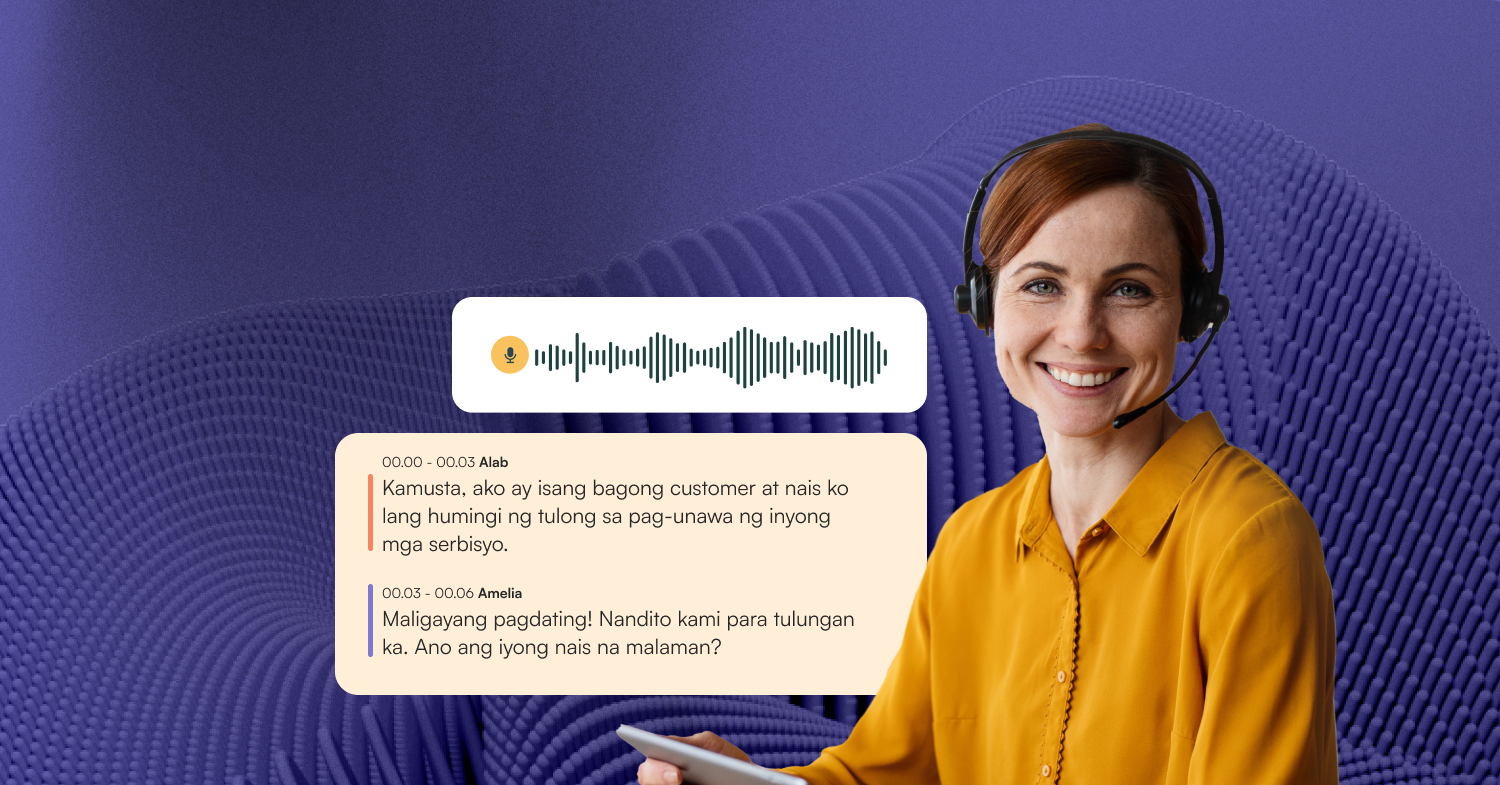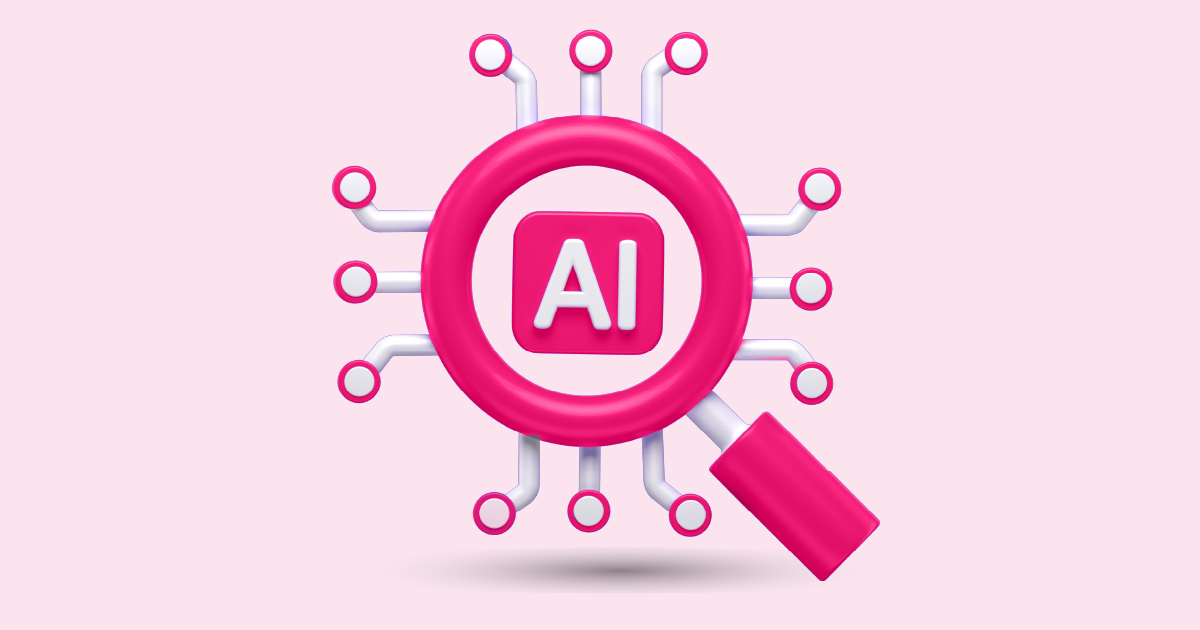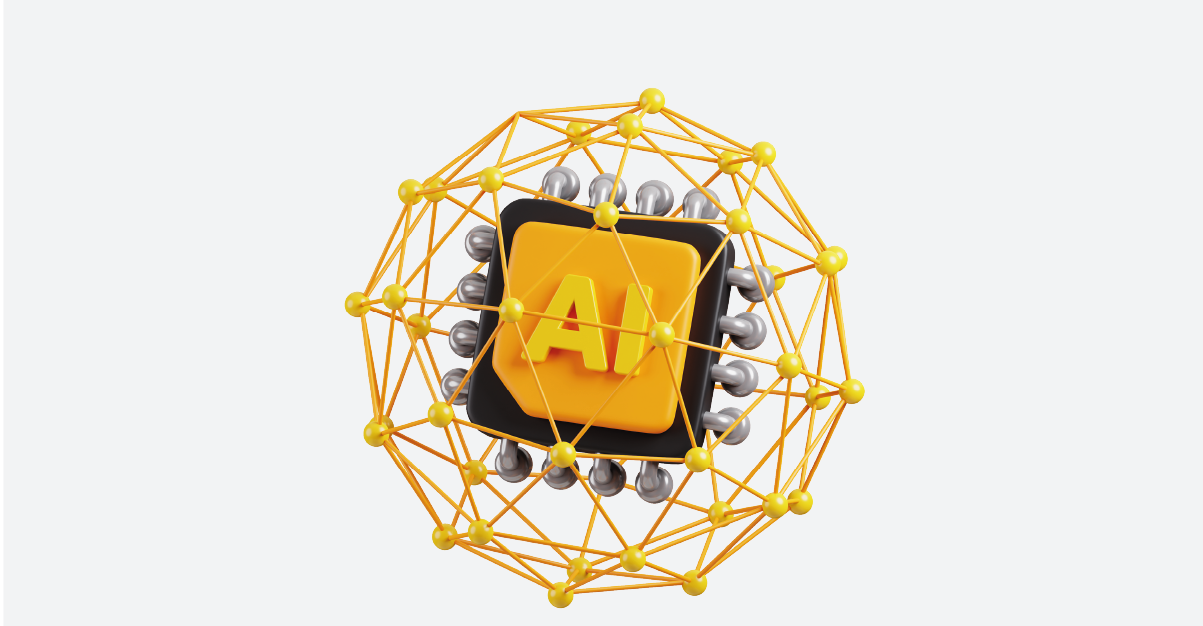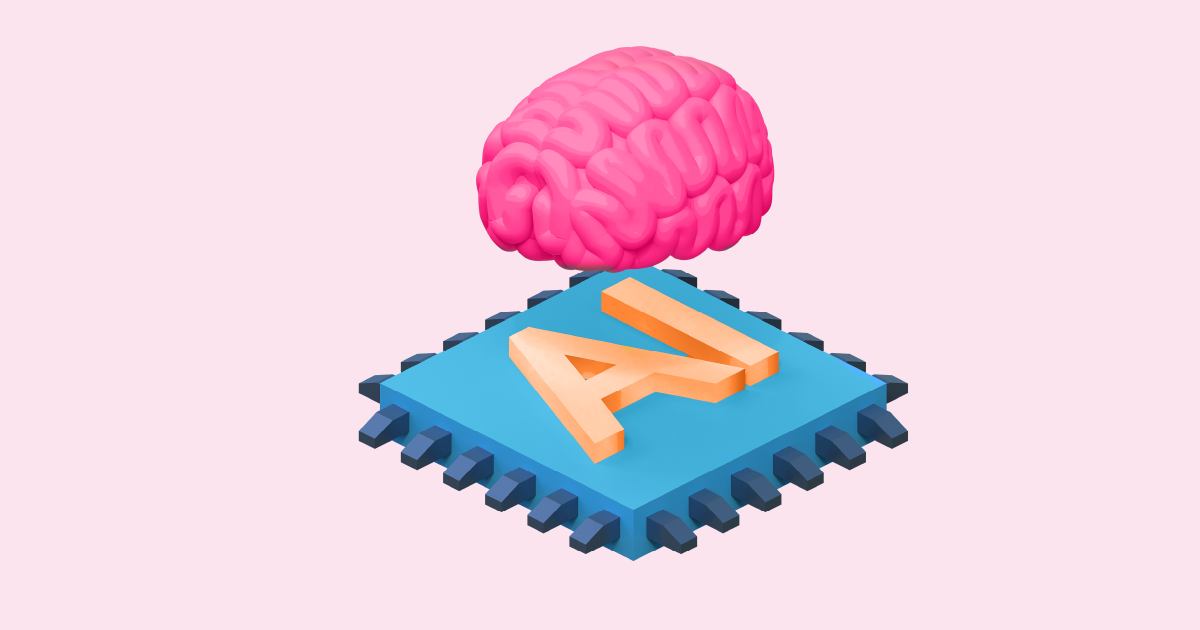Arabic Speech Analytics is a revolutionary technology that enables the analysis and interpretation of spoken Arabic language. It combines speech-to-text conversion, natural language processing (NLP), and sentiment analysis to deliver actionable insights from audio data. In today’s fast-paced digital landscape, the ability to analyze Arabic speech accurately is a game-changer for businesses and governments alike.
But why does Arabic speech analytics matter? With over 400 million Arabic speakers globally, this tool is essential for bridging linguistic gaps and enhancing user experiences in diverse industries.
Arabic Speech Analytics: Unlocking the Power of Voice Data

The Evolution of Speech Analytics
From Traditional Voice Recognition to Advanced Analytics
Speech analytics has come a long way. What started as simple voice recognition has now evolved into a sophisticated tool that understands context, tone, and even emotions. The inclusion of Arabic in this evolution is crucial, given the language’s widespread use.
The Rise of Arabic Language Support
Historically, speech analytics tools primarily catered to English and a handful of other languages. However, the growing demand for Arabic support has pushed technological advancements in this field, paving the way for robust Arabic speech analytics solutions.
Key Components of Arabic Speech Analytics
Speech-to-Text Technology
This is the foundation of speech analytics. Advanced algorithms convert spoken Arabic into written text, ensuring accuracy across various accents and dialects.
Natural Language Processing (NLP) in Arabic
NLP enables machines to understand and process Arabic text. Given the complexity of the language, including its grammar and structure, this is a critical component.
Sentiment Analysis in Arabic
Sentiment analysis helps identify emotions and opinions within Arabic speech. This is particularly useful for customer feedback and market research.
Why Arabic Speech Analytics Matters
Bridging the Gap for Arabic Speakers
Many analytics tools overlook Arabic speakers. Arabic speech analytics ensures inclusivity, giving this demographic a voice in the digital space.
Enhancing Customer Experience
Businesses can use this technology to understand customer sentiment better, resolve issues faster, and improve satisfaction.
Business Applications
From market research to customer service, Arabic speech analytics is transforming how businesses interact with their Arabic-speaking audiences.
Challenges
Complexity of the Arabic Language
Arabic’s rich vocabulary and intricate grammar pose challenges for speech analytics systems.
Dialects and Accents
With numerous dialects across different regions, ensuring accuracy is no small feat.
Limited Datasets
The availability of annotated Arabic audio datasets is still limited, making it harder to train AI models effectively.
How Arabic Speech Analytics Works
Data Collection and Preprocessing
Raw audio data is collected and cleaned to ensure quality. This is followed by preprocessing to remove noise and irrelevant information.
Analyzing Arabic Phonetics and Linguistics
Understanding the phonetics and linguistic nuances of Arabic is crucial for accurate analysis.
Real-Time Analytics
Modern tools provide real-time insights, making them invaluable for applications like customer service and security monitoring.
Applications of Arabic Speech Analytics
Customer Service Optimization
By analyzing customer calls, businesses can identify common issues and train their teams accordingly.
Market Research Insights
Understanding consumer sentiment through voice data can guide marketing strategies.
Security and Compliance Monitoring
Arabic analytics is vital for identifying potential threats and ensuring compliance in sensitive industries.
The Role of AI and Machine Learning
Leveraging AI for Accuracy
AI algorithms enhance the precision of speech-to-text conversion and sentiment analysis.
Machine Learning for Adaptability
Machine learning models adapt over time, improving their ability to handle diverse accents and dialects.
Arabic Dialects and Regional Variations
Understanding Different Dialects
From Egyptian to Gulf Arabic, each dialect presents unique challenges that require tailored solutions.
Importance of Context in Analysis
Context plays a vital role in interpreting Arabic speech accurately, particularly in sentiment analysis.
Industries Benefiting from Arabic Speech Analytics
Telecommunications
Analyzing call center interactions to improve customer experience.
Banking and Finance
Monitoring customer feedback and ensuring regulatory compliance.
Healthcare
Enhancing patient care through better communication.
Government and Security
Tracking threats and ensuring public safety.
Future Trends
Voice Biometrics Integration
Using unique voice patterns for authentication.
Predictive Analytics and Decision-Making
Identifying trends and making data-driven decisions.
Multilingual Capabilities
Supporting Arabic alongside other languages for global reach.
The Benefits of Arabic Speech Analytics
- Improved decision-making
- Enhanced customer satisfaction
- Cost-efficient operations
Conclusion
Arabic speech analytics is transforming how businesses and organizations interact with Arabic-speaking audiences. With advancements in AI and NLP, the potential applications are endless. Ready to unlock the power of Arabic speech analytics in your business? Request a demo from AIM Technologies today and discover how our cutting-edge solutions can elevate your operations, enhance customer experience, and drive data-driven success!
FAQs
- What is the role of AI in Arabic analytics?
AI enhances accuracy and adaptability in analyzing Arabic speech data. - How does sentiment analysis work in Arabic?
It identifies emotions and opinions in spoken Arabic using NLP and machine learning. - What are the challenges with Arabic dialects?
Dialect variations and accents make it challenging to ensure accuracy across regions. - What industries benefit the most from Arabic analytics?
Telecommunications, finance, healthcare, and government are key beneficiaries. - How can a business start using Arabic analytics?
By investing in tools or platforms specialized in Arabic analytics and integrating them into their workflows.




